Peer editing can be a powerful tool in an English classroom but it can also be a colossal failure. As a result of too many failures I have changed the way I do it over the last few years and I have seen a huge improvement in my students’ editing and writing skills. And… I think my students enjoy it too! #addedbonus
I used to ask students to switch papers with a partner and go through an editing check list with each other and then they’d hand their papers back to each other and get to work correcting their errors. However, I found that their editing was very, very basic so I needed a way to switch it up.
Now, I have them switch papers with 10-12 people before going to work on their revising and editing. This is 10-12 more people giving feedback and help… and it means that each student gets to see more examples of other student’s writing.
But… instead of getting students to look at the entire piece of writing, I ask them to focus on one particular aspect at a time. It’s less overwhelming for my weaker students and it really allows students to see all the different aspects that make up a good piece of writing.
My technique involves a lot of paper passing, so you need to set up a system so that works with your classroom set up. At each pass of the students’ papers I ask students to look for and do different things. And what I ask them to look for, will be dependent on the type of writing they’re editing. With each pass the students must read the entire piece of writing… you may need to allow a few minutes depending on the length of the work.
Here are some suggested prompts with EACH pass of the paper.
- Put a check mark at the top of the paper if there’s an engaging title. Put an X if there’s no title.
- Circle any words you think may be spelled incorrectly. (I sometimes do this one twice!)
- Put a star beside the topic sentence. If there is no topic sentence make a note at the bottom of their page.
- Put a check mark beside the climax of the writing. Make a note at the bottom if the climax was not obvious or was confusing.
- Put a small check mark beside three words that you think were particularly helpful in expressing an idea.
- Circle any missing punctuation. Period, quotations, commas….
- Circle any words that should be capitalized.
- Put a question mark beside an idea or sentence you were confused about. Add some details about why it was confusing at the bottom.
- What’s one thing you’d like to know more about in this writing? Ask a question at the bottom of their paper.
- Put a number 1 beside the first sentence that support the topic sentence. Put a 2 beside the second…
- Write a sentence at the bottom of the paper giving the writer an idea to improve their work.
- Underline the concluding sentence. Cross out anything that says “These are all the reasons why…” or “In conclusion…”
- Put a check mark beside the concluding sentence if it links back and relates to the topic sentence.
- Circle a boring verb and write a suggestion for a new vivid one.
- Underline the transition words. Make a note at the bottom if there are none.
- Write a note at the bottom of their page to let them know if they varied their sentences or if they are all the same.
I am sure you will think of more ideas as you get started and work through this process. The type of writing will also dictate that types of things you ask your students to look for. I try to make sure that when I ask students to circle something it’s an error that needs attention… this way when they get their paper back they know what needs to be done. Check marks mean “well done”, underlining is also identifying positive structures in their work.
My students look forward to doing this—they get to read so many examples, they’re only asked to focus on one thing at a time and when their paper are returned they see so many great suggestions.
I hope you get a chance to try out this strategy with your students as I have truly found success with it in my classroom. Good luck!


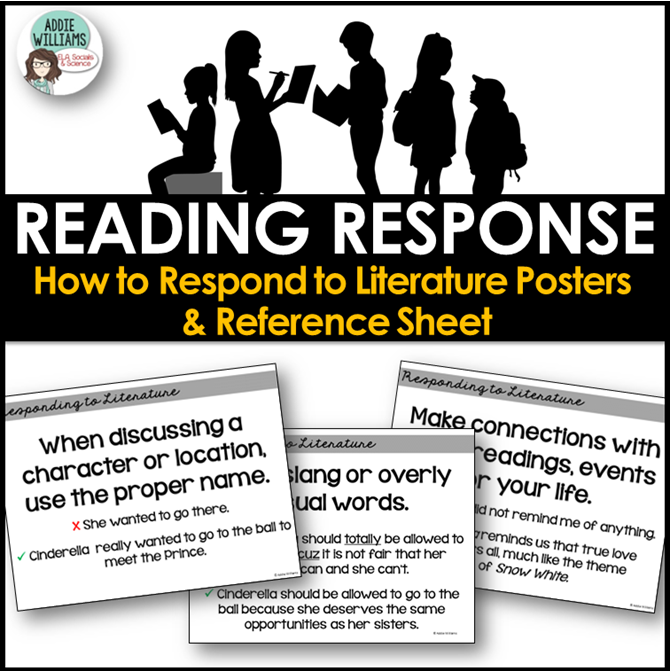
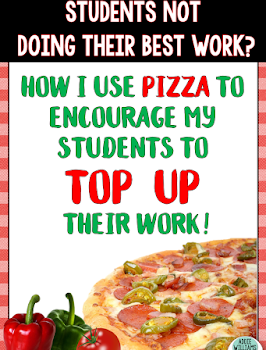
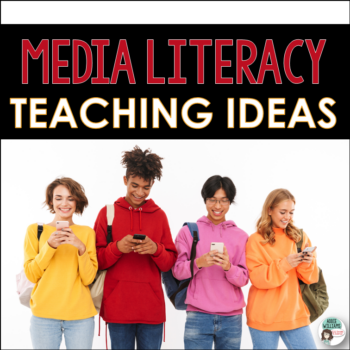
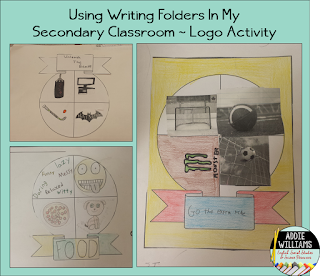
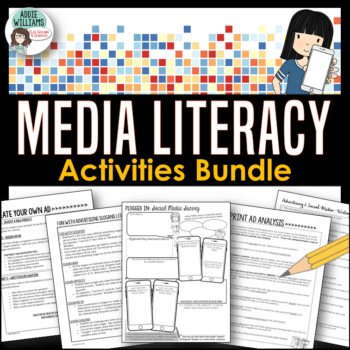 Media Literacy Bundle
Media Literacy Bundle 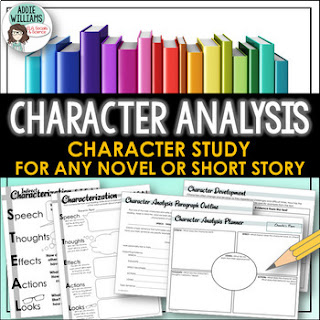 Character Study
Character Study 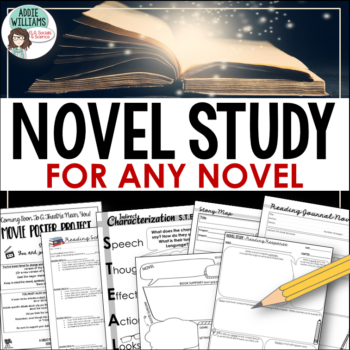 Novel Study
Novel Study 
Excellent suggestions! I love anything that makes assessment better–and easier.
Great blog post – very informative!
Thank you!! This is my first year teaching ELA and I find your tips so helpful and insightful!!